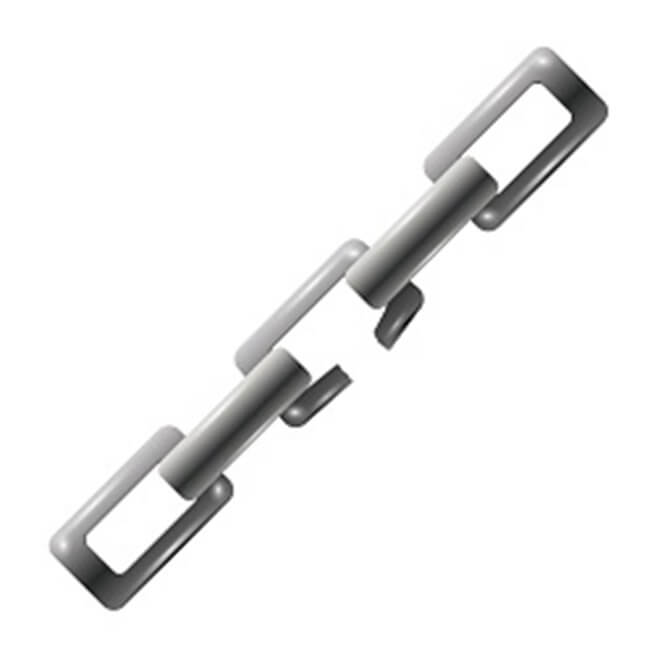Should i aim for many coauthorships to extend my publication list
Young scientists often think that a long publication list is crucial for an academic career, and that obtaining multiple co-authorships is a clever strategy to make their publication list longer. Is this true?
A longer or a shorter publication list? What is better?
As an ambitious young scientist, you are constantly confronted with a classical dilemma – should you publish one, two, or a few papers in high-impact journals or focus on a longer publication list with lower-impact publications – including multiple co-authorships?
There are good arguments to focus on fewer papers with higher impact factors (provided the supervisor, the available funding and infrastructure, and the general research environment leave you the choice).
However, if the possibilities are more limited, multiple co-authorships may appear as a clever strategy to connect with other scientists, extend your publication list, or avoid gaps in your publication list.
Co-authorships can be very valuable
There are good reasons why you should become a co-author of a publication. Research collaborations are among the best reasons. Research collaborations can be the most rewarding activities in your scientific career.
Working together with “masters” in your field or experts from other fields may broaden your horizons dramatically and may give you access to knowledge, strategies, infrastructure, and staff members.
I personally love the intellectual stimulation of working with colleagues with different perspectives, experiences, and approaches.
Often, research collaborations result in two or more publications. In these cases, your collaborators often drive one paper, and your contribution is rewarded with a co-authorship, with multiple co-authorships or in ideal scenarios, with an asterisk for “equal contribution”.
In the following study, you may be the driving force and thus the first or last author, and your collaborators become co-authors or equally contributing authors.
Be aware that being the “corresponding author” typically has no substantial value for your career.
First rule: Avoid gaps in your publication list!
There is no doubt that publications in journals with a higher impact factor are better than those with lower impact factors – at least from a career perspective.
This statement is true for all commissions I have participated in which judge grant proposals. This statement is also true for most commissions that select postdocs and professors.
Read more about impact factors here: 10 simple strategies to increase the impact factor of your publication.
However, an excellent paper in a high-impact journal three years ago does not protect you from raised eyebrows and critical comments about your scientific productivity if this is the last paper you have published.
Based on this assumption, it is a safe bet that at least one co-author paper per year is better than no paper at all.
If you publish a high-impact paper once every few years, you should fill the gaps at least with a few or maybe multiple co-authorships. If you are publishing papers with lower impact factors, a higher number of papers is expected. These may be – in part – co-authored publications.
Second rule: Avoid publishing in predatory journals at all costs!
It may be tempting to publish several papers quickly in one of the many open-access journals that send you invitations often several times per week (and may also invite you in the same email to become part of the editorial board).
Never consider such a shortcut. So-called “predatory journals” or “predatory publishers” are an exploitative open-access academic publishing business model that involves charging high publication fees to authors without providing the editorial and publishing services associated with legitimate journals (see this Wikipedia article about predatory publishing).
In most cases, this means that there is no peer review, and they do not have an impact factor. This is disadvantageous for several reasons:
1. A publication that has not been peer-reviewed is generally seen as being of poor quality. The publication may be excellent, but the absence of the peer-review procedure makes it automatically suspicious.
Unfortunately, many examples of low-quality or even fraudulent papers are published in these journals, which is terrible for the reputation of all other papers published in these journals.
2. Papers without impact factor are often ignored by members of commissions which evaluate grant proposals or select postdocs or professors.
3. You may be considered as being an incompetent or fraudulent scientists because you circumvented the peer-review process – even if you did not know about the predatory character of the journal.
Thus, you may pay high publication fees for a publication that is seen as a poor-quality paper and may even make you suspicious of being fraudulent.
Thus, before you submit a paper, check the white lists of trustworthy journals and publishers available on the internet – or at least google the journal name and the term “predatory” to see whether something comes up to protect yourself.
Avoid predatory journals at all costs – there are better alternatives, such as multiple co-authorships or high-impact reviews (see below).
Third rule: A publication list with mostly co-authored papers is a disadvantage
Your scientific independence will be severely questioned when you have predominantly or even exclusively co-authored papers on your publication list.
This is particularly true when a person is an expert in a ‘supporting technique’ such as histology, electron microscopy, imaging, or behavioral testing. You will be seen as a person without your own ideas, dependent on others who ask you for contributions to their studies.
To demonstrate your scientific independence, you need a substantial number of first- and last-author publications. Multiple co-authorships are not helping in this context.
As a rule of thumb, I would suggest that the number of co-authorships should not exceed the number of first/last authorships.
To learn more about developing a clever publication strategy, read here: What is the best publication strategy in science?
First-author reviews may close gaps in your publication list
If your circumstances do not allow you to obtain co-authorships to close gaps in your publication list, it is always an interesting option to write a high-class review on your subject.
This increases your knowledge of the literature and makes you visible in your field. If your review is well-written, interesting, or even thought-provoking (and not just an accumulation of references), you may even succeed in publishing in the best journal in your field or a journal with a high impact factor outside of your field.
A similar rule applies here: Do not publish more reviews than original papers.
Summary
Some or multiple co-authorships may promote scientific cooperation and mutual intellectual stimulation, extend your publication list, and close gaps in your publication history. Avoid publishing too many co-authorship papers (more than first/last authorships), and NEVER publish in predatory journals.
Acknowledgments
I have used AI systems, including Grammarly, Google Gemini, and ChatGPT, to enhance the English and comprehensiveness of this article. This post may contain affiliate links, meaning I get a small commission if you decide to purchase through my link. Thus, you support smartsciencecareer at no cost to you!
Recommended reading
The following articles may also interest you:
- What is a substantial contribution to a paper?
- 28 Tips to Get More Citations for Your Publications
- How To Write Faster: 19 Efficient Ways To Finish My Publication
- What is a postdoc?
- Should I have senior authorships as a postdoc?
- Should I aim for co-authorships on high-impact papers?
- Should I publish negative results, or does this ruin my career in science?
- I have a fake author on my paper – what should I do?
- 10 simple strategies to increase the impact factor of your publication
- What is the best publication strategy in science?
- Corresponding author versus senior author – what is the difference?



